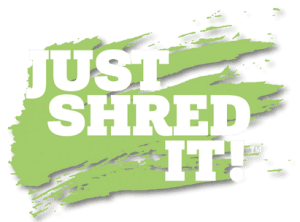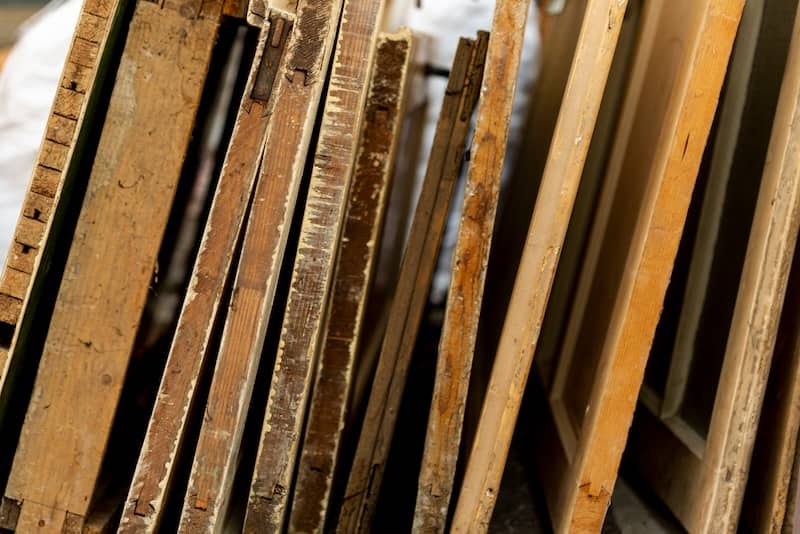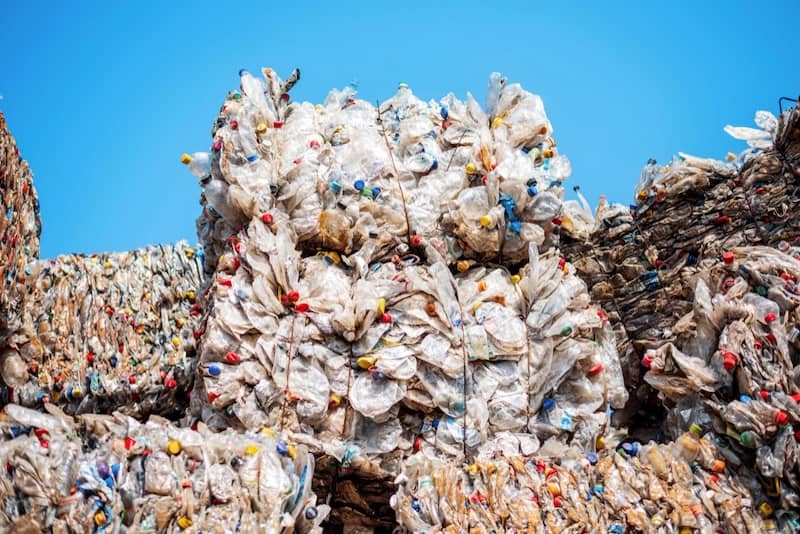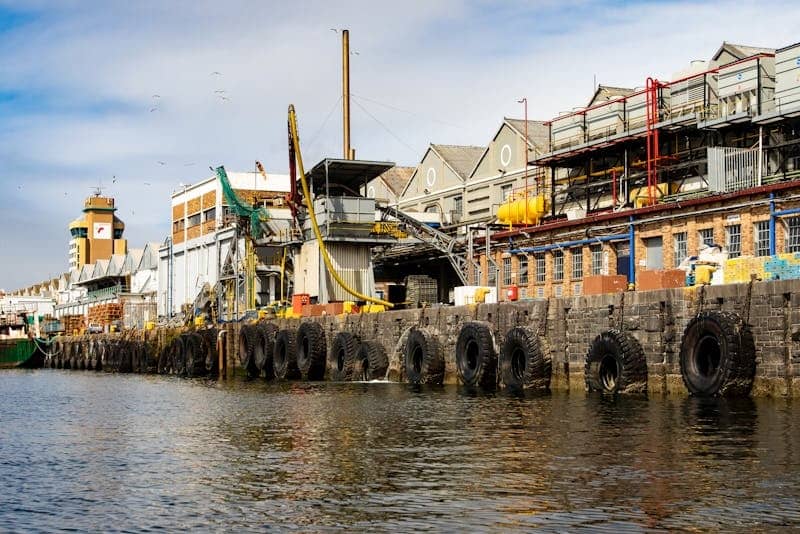As long as there have been children, there have been skinned knees, scraped elbows, and broken bones. As we grow and learn how to use our bodies, there are bound to be some mishaps along the way. Remember the time you attempted an epic feat on the playground and ended up in the nurse’s office? That’s the day you learned why no other kid would do it.
As adults, we try to protect our children in the best way we know how. We seek to provide safe playground equipment and surfaces. So that when the inevitable happens, it won’t hurt so much.
Advances in Surfacing
The search for the ultimate protection for our children has led to significant advances in playground surfaces. Early playgrounds were built over packed sand or asphalt. These surfaces were hard and unforgiving to unfortunate children falling from 15-20-foot heights of playground equipment.
In response to the need for something better, the Firestone and Goodyear tire companies developed a rubber pellet product for use under play equipment in the 1950s. Unfortunately, with layers less an inch thick, the rubber pellets provided little protection and did not gain popularity at the time.
A study of playground incidents performed in 1978 revealed that the most severe injuries treated in hospitals resulted from falls from playground equipment. This revelation prompted developers to search for ways to make playgrounds safer, including softening the landing pad.
In the 1980s, pea-gravel was common. Because it was a loose fill, many believed it was a softer option than the ground underneath. The gravel lasted forever as well. You may have to add more from time to time as it inevitably found its way into shoes and got kicked into the grass. However, further research would show that there were softer options.
Wood mulch soon replaced stone products on playgrounds. The wood provided a softer landing. However, it was also less durable. With repeated use and exposure to the elements, the wood mulch quickly broke down into soil. Refreshing playgrounds with wood mulch became a costly maintenance issue.
Advances in tire recycling technology have led to an increase in secondary tire products on the market that make durable and soft playground landscaping material. You are likely familiar with rubber mulch, but have you seen wet pour rubber?
What is wet pour rubber surfacing?
Also known as ‘rubber tarmac,’ wet pour rubber is a double layer rubberized surface. Its unique composition provides a spongy, non-slip surface that is durable and color customizable as well. Wet pour rubber sets to form a seamless, porous surface that allows water to drain quickly. Made from ground tire rubber mixed with a polyurethane resin, it holds up well under harsh weather conditions. Wet pour rubber can be formed to fit in awkward or tight spaces as no forms are required.
What is wet pour rubber surfacing made of?
Every wet pour rubber pad consists of two layers. While it can be installed over just about any material, it is best to have a base drainage layer. Rock is best, but concrete is also acceptable.
The base layer consists of 100% SBR (styrene-butadiene rubber) or crumb rubber. This layer is the cushioning layer. The rubber used here consists of larger crumbs. The thicker this layer is, the more cushioning it provides. The depth required for this layer will depend on where you are installing it. You need to consider the critical fall height or the highest point from which someone might fall to determine how thick this layer should be on a playground.
The top layer should be uniform in thickness (15-20mm) regardless of where you plan to install it. The EPDM crumb rubber used in this top layer is a much finer texture. The rubber for this layer is often colored, allowing installers to create permanent designs that enhance the useability of the surface. Games such as hopscotch or four square can be built into the surface. Other popular elements include roadways, shapes, letters, characters, and footprints.
Where can pour rubber surfacing be installed?
Pour rubber is not only a safer alternative to other playground surfaces, but it performs well as a swimming pool surround. The porous, non-slip surface allows water to dissipate and reduces the chances of falling. Used in athletic settings, it reduces the impact on athlete’s joints during competition. Residents in care facilities also enjoy the safety and comfort benefits from walking on this rubberized surface. Pour rubber can replace concrete in commercial and residential settings in patios, golf paths, and boat deck surfaces.
Pour rubber is not only a great solution to keep people safe. It is also a solution to the growing waste rubber tire problem in our country. Produced almost entirely by recycling old tires, it provides a way for us to reuse this resource instead of sending it to rot in a landfill.




